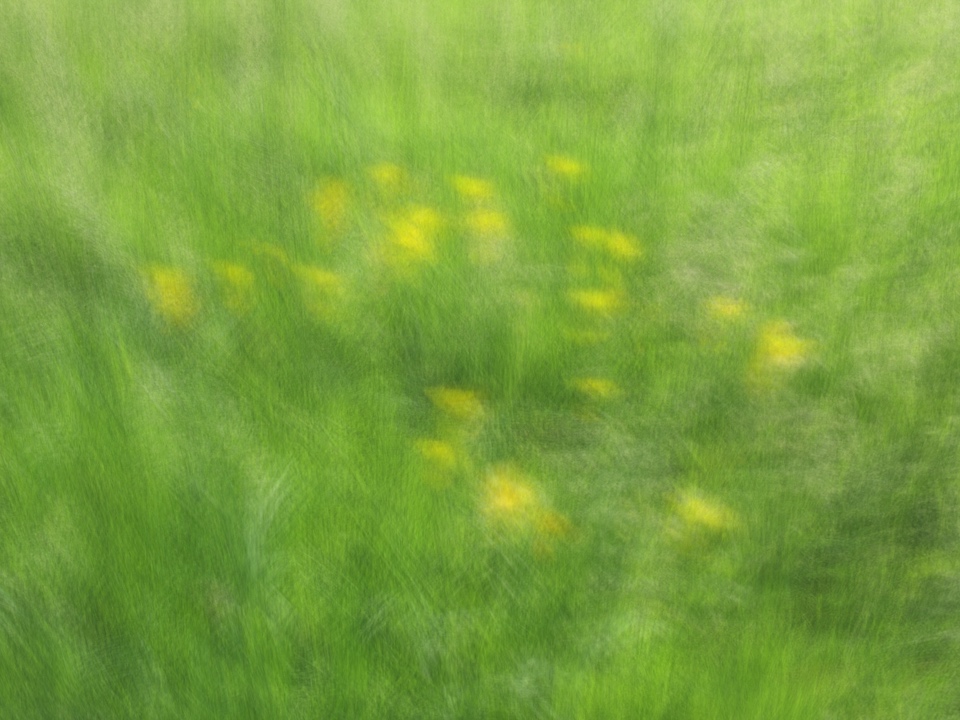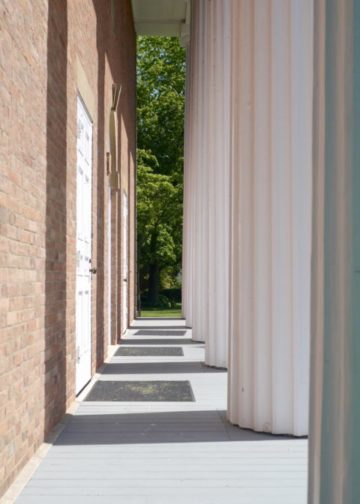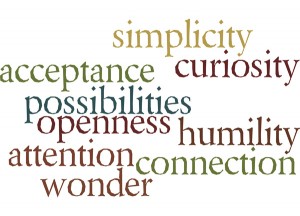
In last week’s post, The Purity of Intention, I explored the difference between egoic and nourishing, liberating intentions, based on the work of Tara Brach. What if we apply these same ideas to our photography?
Egoic intentions in photography are based on fear – wanting to be good, noticed, liked. We choose to photograph what others will like. Our photographs must achieve a certain aesthetic so that they can win a prize or sell. Note: There’s nothing wrong with wanting any of these things, but we must be clear that these intentions generally come from the ego.
Photographs that come from a nourishing, liberating intention feed our soul, reflect who we are at our deepest level, and express the essence of the moment. They often come by surprise. And, they may even win a prize or sell!
A nourishing, liberating intention in photography comes from a deep desire to know ourselves and how we connect with our environment.
Since your attention (and what you photograph) follows your intentions, how do you start from a place of nourishing, liberating ones?
 First, stop and listen before you photograph. Trust what is resonating with your heart and soul. Then, be open to what you find, without being attached to a particular outcome.
First, stop and listen before you photograph. Trust what is resonating with your heart and soul. Then, be open to what you find, without being attached to a particular outcome.
If you have this mindset, you’ll experience a sense of playfulness, curiosity, and exploration. I’m not saying that you can’t visualize the final print, just that it comes later, after you’ve discovered what you truly want to say. Know what’s resonating, but be open to surprise. What else is there?
“Accept indeterminacy as a principle, and you see your life in a new light, as a series of seemingly unrelated jewel-like stories within a dazzling setting of change and transformation. Recognize that you don’t know where you stand, and you will begin to watch where you put your feet. That’s when a path appears.” ~ John Cage, Where the Heart Beats by Kay Larson
Here’s an example.
During the weekend workshop in Niagara–on-the-Lake this month, we did an exercise in visual listening. While sitting on a bench in a park, I watched the breeze blow the delicate grasses in a vast field, dotted with buttercups. Birds were singing and people walked by with their dogs. I didn’t pick up the camera.
As an aside, here’s my latest personal statement which reflects my underlying intention in photography.
“Through my photography, I hope to reflect surprising encounters with the world around me. Not traditionally beautiful encounters, but paradoxical ones – simplicity in chaos, beauty in imperfection, the joy and sadness in impermanence. My goal is to present a view that you might not have seen or considered before, to have you see the subject in a brand new way, to see beyond what it is. If you can sense the essence of the moment, then I’ve done my job.”
After observing the field for ten or fifteen minutes, I began to photograph. I knew that I was drawn to the many layers of subtle colours that created a patchwork texture on the field. I noticed the dots of tiny, yellow flowers scattered throughout. My photographs ran the gamut from close in to wide. At this point, I decided that I wanted my image to convey how I felt watching those delicate fronds sway back and forth as one whole. This picture expresses the essence of the moment for me.
 At the beginning of the workshop, I asked the participants to choose a contemplative habit as their intention for the time we were together. It should be the first one that jumped out at them when looking at the list. For example, if they chose simplicity, then that would be the theme they brought to their photographs for the weekend. I chose acceptance, which is what I believe these swaying fronds express.
At the beginning of the workshop, I asked the participants to choose a contemplative habit as their intention for the time we were together. It should be the first one that jumped out at them when looking at the list. For example, if they chose simplicity, then that would be the theme they brought to their photographs for the weekend. I chose acceptance, which is what I believe these swaying fronds express.
What would you choose? Which habit needs your attention? Set that as your intention for the week to come (in your photographs and in your life).
p.s. For whatever habit you choose, there are five exercises in the Adventures in Seeing book related to that habit.